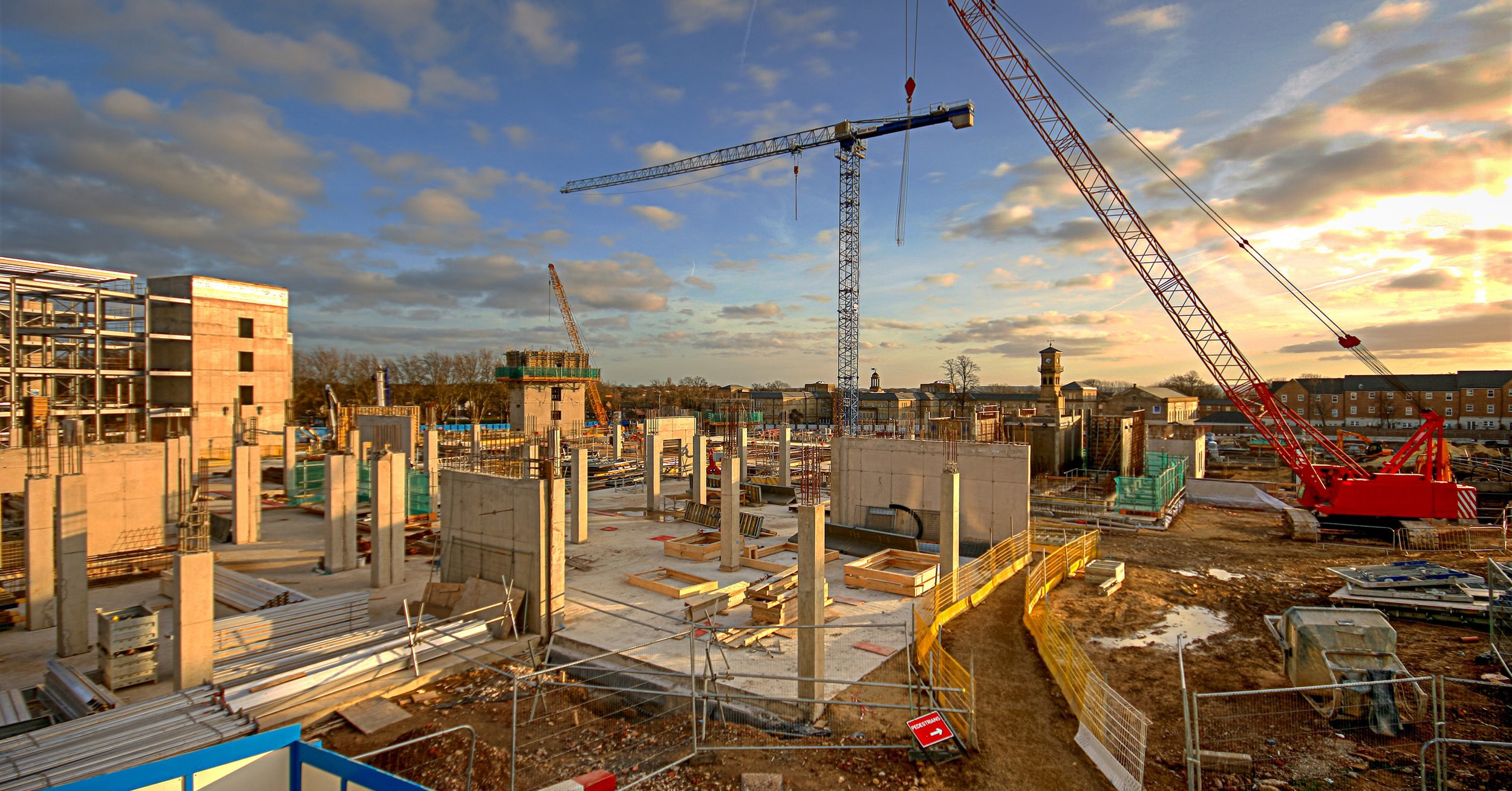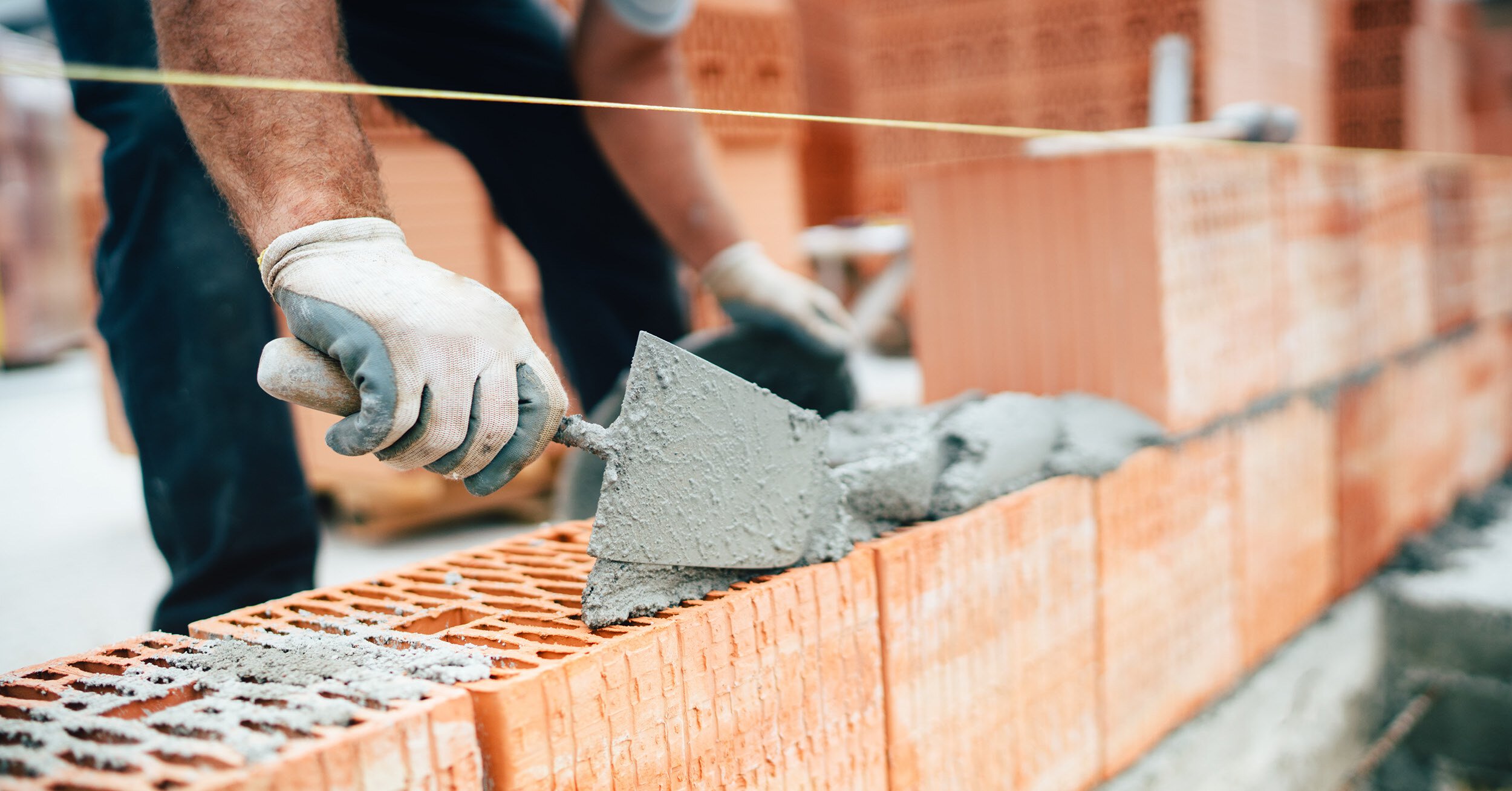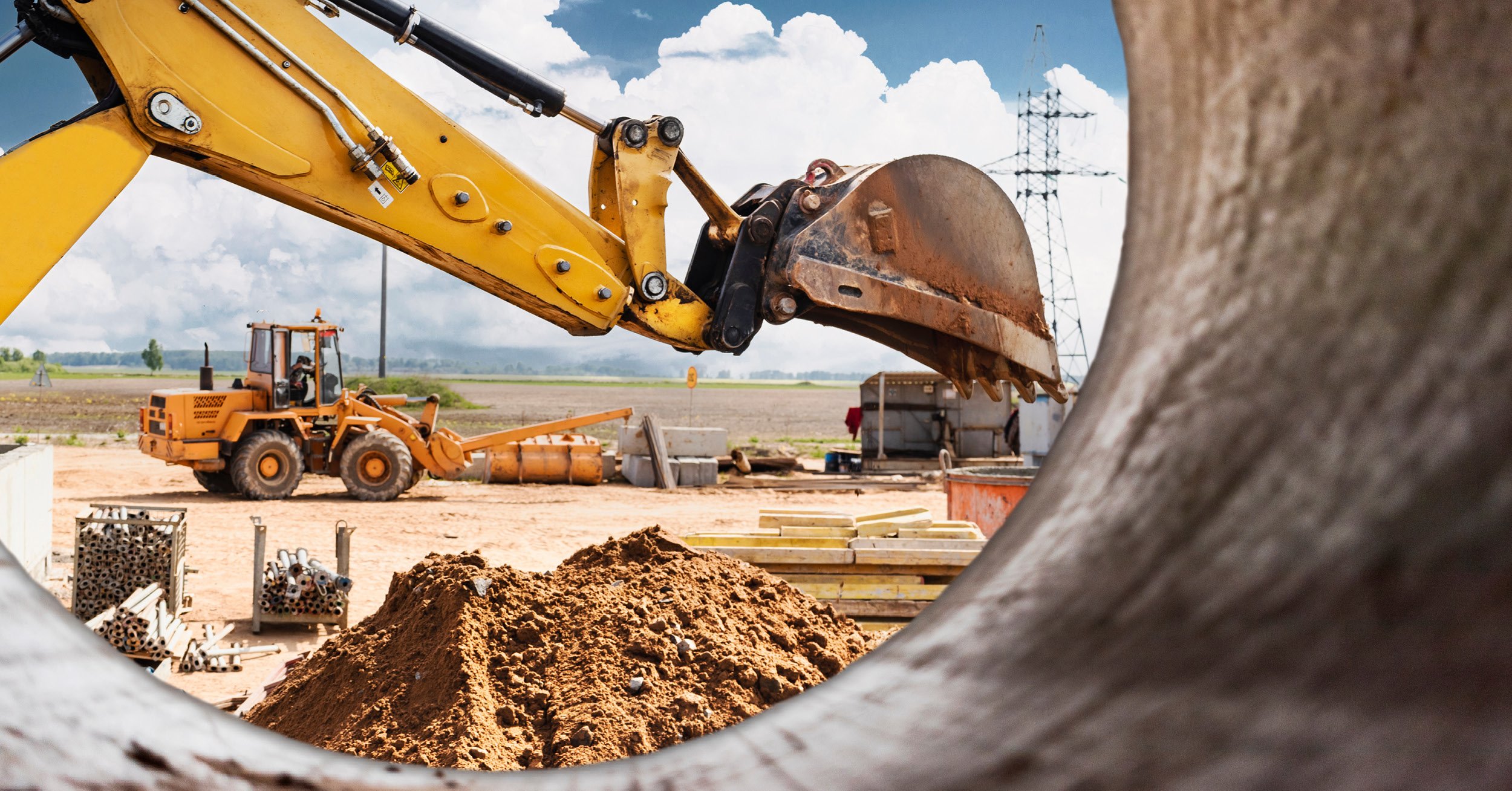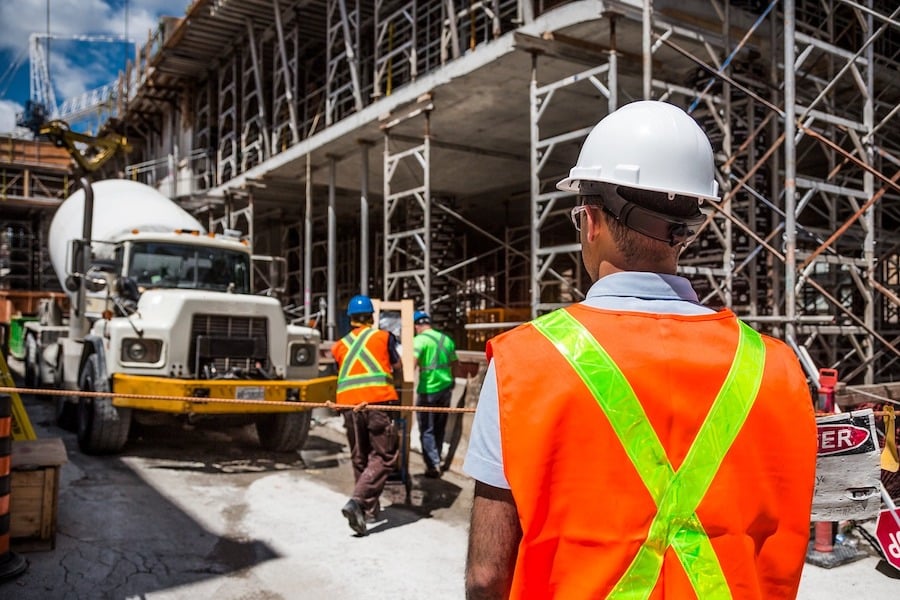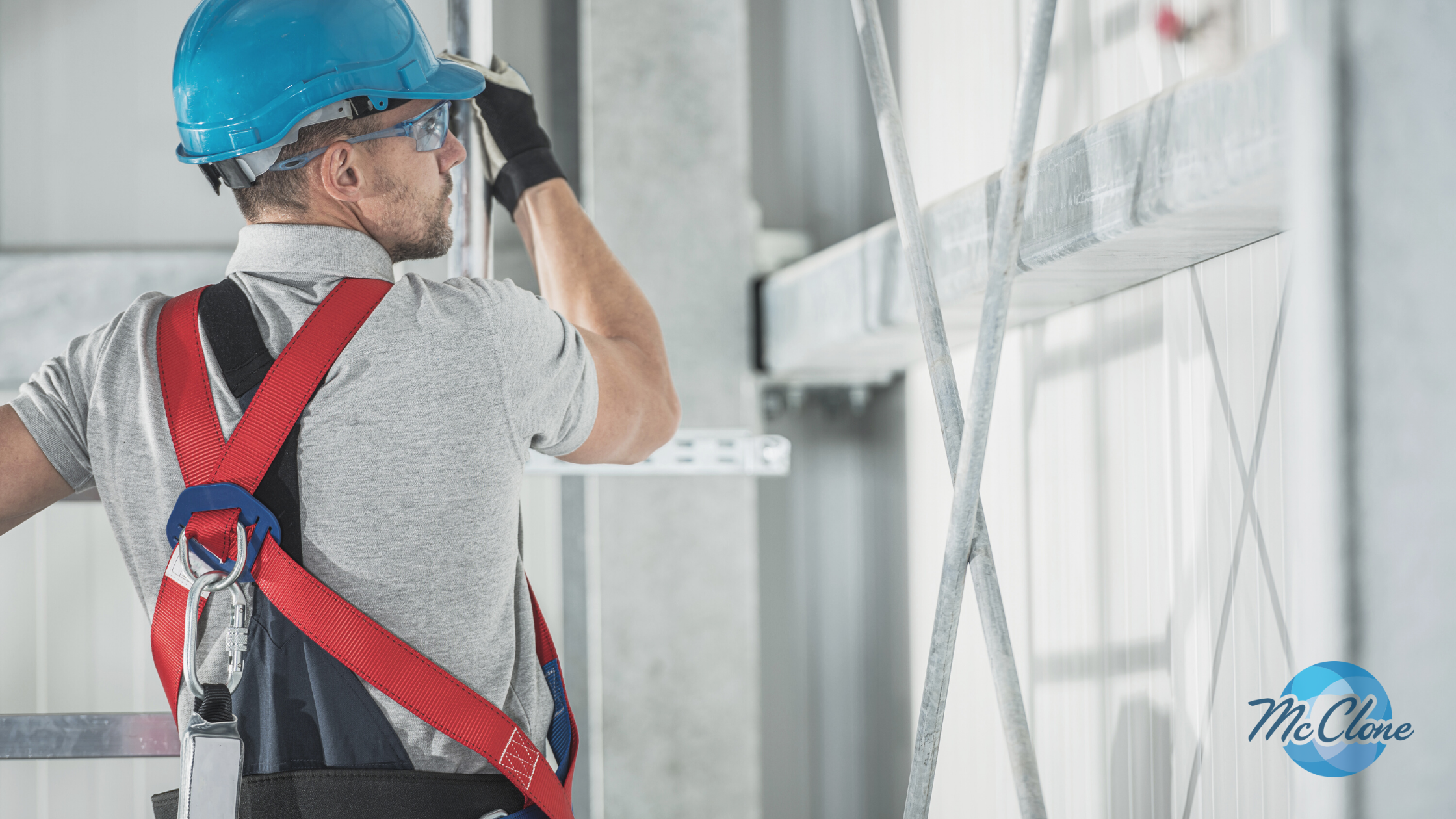Most Common OSHA Violations in Construction (And How to Prevent Them)
June 3rd, 2020
3 min. read
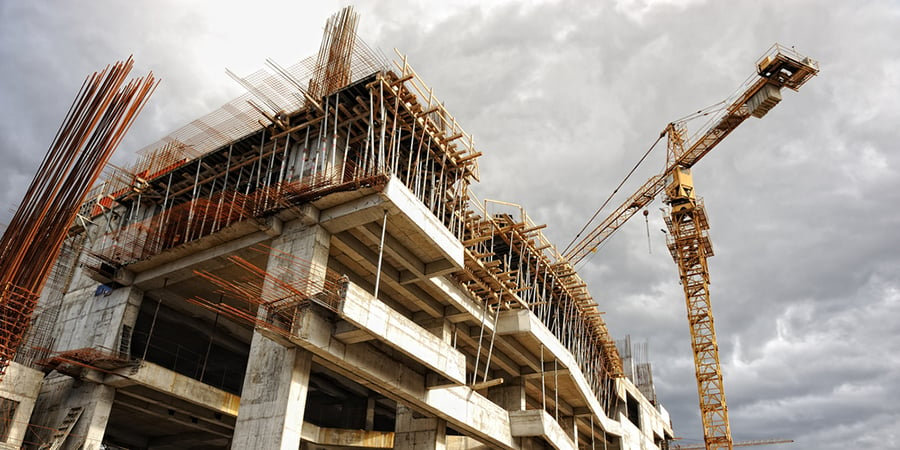
Being on top of a list can often be a good thing, unless it’s a list of top safety violations in construction. It’s important to have a plan and know what to do when an officer from the Occupational Safety and Health Administration (OSHA) shows up unannounced, but it also helps to know what violations they typically find. OSHA released its list of most frequently cited standards for 2019 from inspections on jobsites.
The list is largely unchanged from 2018, 2017, 2016 … you get the idea. And the no. 1 cited violation consistently remains: Fall Protection.
So, it probably isn’t surprising that other top 10 violations are directly related to falls and failure to prevent them—two of the main culprits in construction are scaffolding and ladders. Let’s take a look at the OSHA guidelines related to these violations and the ways you can avoid a citation
Fall Protection
Failure to provide adequate fall protection on jobsites consistently ranks at the top of the list for construction safety violations. In general, any work performed 6 feet or higher must have some form of guardrail system, safety net or personal arrest system in place.
While many consider obvious fall hazards such as those that can occur from rooftops or between floor joists, there are many listed on OSHA’s guidelines that could easily be overlooked, such as:
- Holes, including skylights, trenches, wells, pits, shafts or excavations that are hidden by plant material or other obstructions
- Ramps, runways and other walkways
- Dangerous equipment (both while operating or when above)
- Wall openings and chutes
Also listed under OSHA Standards for Fall Protection is preventing injury from falling objects.

Employees must wear hard hats if there is a potential risk of falling debris or other construction materials. Other safety measures include erecting toeboards, screens, guardrail systems, barricades or a canopy to prevent objects from falling from higher levels.
Employers should establish and implement a fall prevention program to protect workers in accordance with these and other OSHA Standards. Program documents should also be kept on the jobsite readily available for review upon request.
Scaffolding
While certainly linked to fall hazards, scaffold safety is in a category all its own. OSHA even published A Guide to Scaffold Use in the Construction Industry to help employers mitigate the risks posed by both suspended and supported scaffolding.
Despite having standards in place since 1971, scaffold-related incidents resulting in injuries and fatalities continue to occur. Common noncompliance concerns include:
- Loads in excess of the scaffolds’ maximum rated capacities
- Planking and platforms with less-than-permissible spans, rated load capacity, and thickness
- Platforms cluttered with debris and tripping hazards
- Lack of guardrails and cross bracing
- The use of steel or plastic banding used as a top rail or a midrail
- Lack of restraints for supported scaffolds with a height to base width ratio of more than 4:1
- Inadequate foundations for supported scaffolds' poles, legs, posts, frames, and uprights
- Inadequately secured suspended scaffolding to prevent them from swaying
- Improper materials used as counterweights, such as sand, masonry units, or rolls of roofing felt
- Frayed, kinked or compromised suspension ropes and wires
In addition to the numerous standards for scaffold safety, OSHA requires that employers provide training for all employees to recognize the hazards associated with the type of scaffold being used. Proof of training will likely be required during an inspection, so ensure proper documentation is available for all employees who are present on the jobsite.
Ladders
Rounding out the top fall hazard violations is improper use of ladders. While many safety precautions seem like common sense, workers can sometimes take shortcuts against their better judgement. However, trying to avoid having to take one more trip down the ladder can easily lead to one more trip to the emergency room.
When checking ladders on a construction jobsite, OSHA inspectors are looking for these and other types of violations:
- Loads beyond the manufacturer's rated capacity or intended use
- Ladders used on slippery, unstable and unlevel surfaces
- Visible defects such as broken rungs, missing cross braces or corroded materials
- Rungs, cleats, and steps that aren’t parallel, level, and uniformly spaced
- Improper spacing between steps on portable ladders, step ladders and extension trestle ladders
- Absence of skid-resistant material or physical alterations on rungs to minimize slipping
- Lack of proper locking devices to prevent shifting or collapsing
- Fixed ladders that exceed 24 feet that do not have cages, wells, ladder safety devices, platforms or self-retracting lifelines
- Improper use, such as carrying too heavy a load or ascending or descending while facing away from the ladder
There are detailed requirements outlined in OSHA’s Ladder 1926.1053 Standards, so be sure to understand the parameters for each type of ladder and its use.
Top 10 OSHA Violations
While falls continue to be the top cause of injury on construction jobsites, the other items on the top 10 violations shouldn’t be ignored. To recap, here is the entire list of OSHA’s top 10 violations, all of which apply to workplace safety:
- Fall Protection, General Requirements—6,010 violations
- Hazard Communication—3,671 violations
- Scaffolding—2,813 violations
- Lockout/Tagout—2,606 violations
- Respiratory Protection—2,450 violations
- Ladders—2,345 violations
- Powered Industrial Trucks—2,093 violations
- Fall Protection, Training Requirements—1,773 violations
- Machine Guarding—1,743 violations
- Personal Protective and Lifesaving Equipment, Eye and Face Protection—1,411 violations
When construction projects are in high demand and qualified workers are hard to find, it can be easy to overlook common sense safety measures and training in the rush to get the job done. You have the power to enforce OSHA compliance and safety on the jobsite to protect your workers and your bottom line.
To help, we’ve developed a Construction Safety Checklist that provides an overview of how to set yourself up for safety success from the onset. Access it below, and contact the risk management team at McClone to help you reduce your risks even further.
Dillon Holewinski, Strategic Risk Advisor
As a strategic risk advisor at McClone, Dillon focuses on organizational performance and bottom-line results for his clients. He is responsible for building relationships and designing custom risk management programs. With more than 20 years comprehensive experience in the construction, manufacturing and insurance industries. Dillon’s focus on risk management and organizational change makes him a sought-after partner for strategic planning, business development and building a culture on a team-first philosophy. Prior to joining McClone in 2019, Dillon served in various roles, including Director of Manufacturing Operations and Chief Operating Officer. His knowledge and experience in directing actions across organizations and identifying opportunities for improvement, makes him a trusted advisor to his clients. Dillon holds a bachelor’s degree in economics with a focus on international relations from Edgewood College, and earned his Construction Risk Insurance Specialist (CRIS) designation from the International Risk Management Institute (IRMI).
Topics:



